While I am ironing and packing up Tea Towels this morning, I thought you might be interested to read more about how they were created. I interviewed the amazing Felicity Ford about the process she goes through when producing illustrations of my designs.
1. I know you have many artistic skillz in all kinds of fields, but had you ever drawn knitting before?
I often make rough sketches in my notebooks for potential garment ideas, but the first time I properly “drew” knitting was when working on the schematics for my own pattern, Layter. I drew a line drawing, scanned it, then started messing about with it on the computer. It wasn’t long before I realised the effect I was after would be much better achieved with an old fashioned set of pencils and paper. So Layter was the first proper drawing I did of knitting… though I can show you some earlier drawings if you’d like to see!
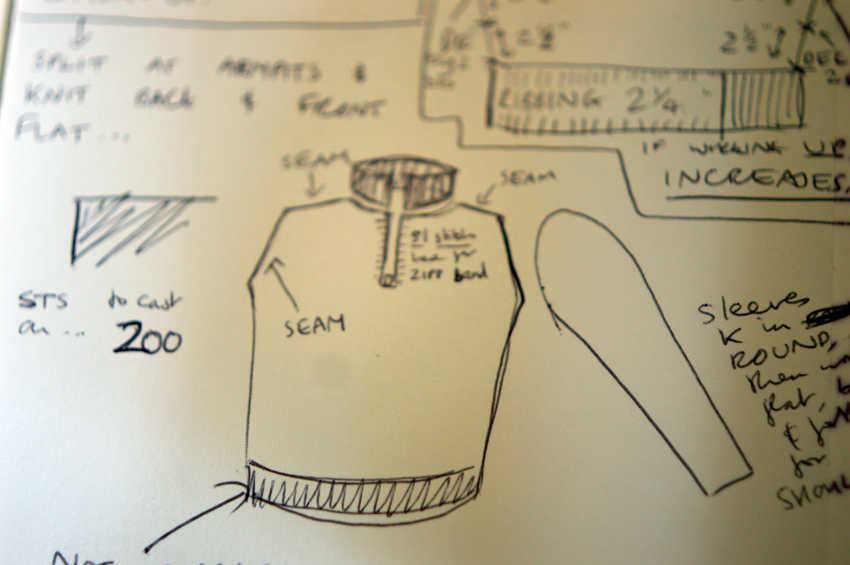

(Above: sketching garment construction; below: pleasing hand-drawn diagrams illustrate the construction of Felicity Ford’s Layter and Blayter designs)
2. Does drawing knitted fabric present particular challenges for the artist?
Knitted fabric is 3D and highly structured; it’s not really flat at all when you start to examine it… there is what you see at the front, but also the whole architecture of that fabric, and the way it is comprised of different combinations of loops. Montse Stanley’s classic knitting book has some of the most beautiful drawings of knitted fabric that I can think of, but these are mostly very specific close-ups of different techniques. The challenge when drawing a knitted garment rather than a specific set of stitches, is knowing how much detail to go into. Representing every individual stitch is impractical and unnecessary, but I think specifics like the overall impression of a sleeve cuff or the way a cable travels should really be clear. A schematic has to be instructive, and so I am always thinking about the knitter who will refer to the drawing, and trying to make sure that everything I would want to see in that is there for them. Another challenge is to convey something of the presence and materiality of the end garment. In your designs, the materials are so important – you always explain the yarn you have used and the way it behaves when you release a new Kate Davies Design – and I think that this aspect is as essential to show as the shaping and patterning. I try to convey a little bit of that texture when I make the drawings, too, and this is achieved through varying degrees of pencil shading, which stands in for the halo that a nice woollen spun yarn produces, or the shadows created by a nice big chunky cable…
3. Can you describe your process when producing these illustrations?
I start by studying the set of photos you send across, and working out which parts of the garment I do not understand. How exactly is the neck shaped? What precisely is the slant in to the waist, how short or tall is the garment, how are the cables working? I usually make a big stack of sketches to work out these details before I am happy that I understand the shape properly, and that I have a strategy for dealing with all the details. I practice the difficult parts – colourwork; lace patterning; cables; – to make sure I have a way of representing them which I, as a knitter, would find useful to see. Then I confidently draw the schematic, trying as much as possible to only use a single, assertive line of black ink, with pencil to emphasise details.
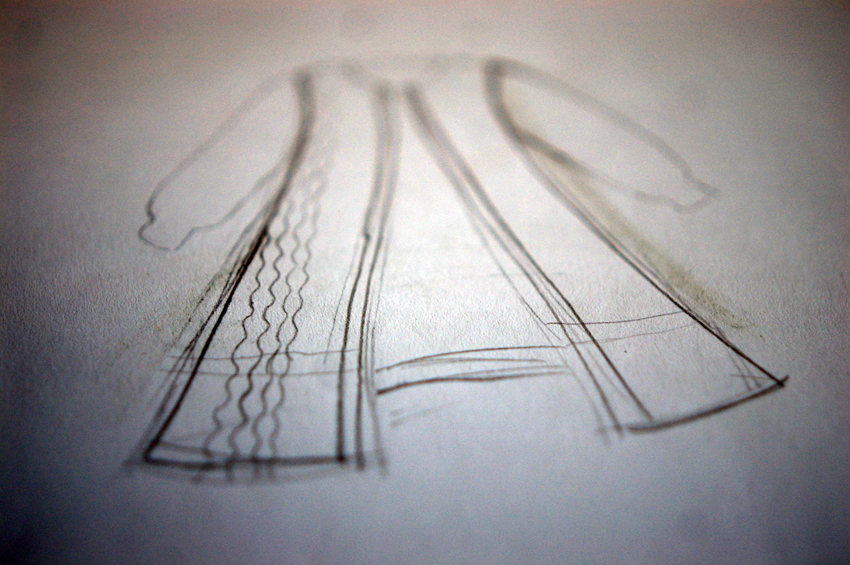
Progress on Firth o’ Forth illustration
4. Did the process of producing the illustration teach you anything about the design and construction of the garments? Did you look at my designs with fresh eyes?
YES! For me the most exciting thing is that any decent drawing should contain a good search… a search gives a drawing its energy, and there is always a lot of discovery in the process. Where exactly is the edge of the thing? What exactly is happening with that lace texture? What I most enjoyed about drawing your designs was uncovering the level of precision and care which you take with the details of each one. I loved uncovering the care and precision with which you attached the hood to the body in “Get off my cloud”, for instance, and the mischievous pixie-esque hood with its naughty little peak. I also enjoyed the signature i-cord which you use in so many designs, and whenever I was carefully trying to render this, I remembered reading that you liked to make very solid outlines in your drawings when you were a child, and – indeed – some of my drawings return to that idea because the best way to show off the bold, tidy edges is with thick outlines… I’m thinking of “Blaithin” in particular with its tidy, precise i-cord outlines.
I had noticed your attention to detail before, but it became particularly apparent when I lined up all the designs together and started really examining each one. I love your photos very much – you often present your designs in a very rich context with links to landscape and place and materiality – but isolating the garments away from this rich context, stripping them back to construction, shape and texture, and rendering them in a reduced, monochrome palette definitely made me look at them all with fresh eyes. I was especially struck by the range of different neck shapings you have used throughout your oeuvre, and the different approaches to doing the ribbing at the edges of garments. It really became apparent that the shape of a neck or the way the edges are done can change the whole feeling of a garment.
5. The primary purpose of schematic illustrations is to be . . . illustrative! That is, their function is to help knitters gain an accurate sense of a garment’s sizing, dimensions and construction.
Yes – it’s essential that the illustrations are functional and serve a useful purpose! I am fascinated by instruction diagrams and actually collect the wiring diagrams that come on the back of plugs, because I am so fascinated to see how different illustrators convey the same instructive information! Plug wiring diagrams assure you that you’re not going to blow up the fuse box as well as showing which wires should go where… With knitting I think there is a similar need to reassure the knitter that things are going right, or what to look out for in case things are going wrong!
6. Are certain kinds of garments trickier to reproduce in this regard?
I think about what might confuse me in making a garment and try to reassure the knitter about the facts of that garment. My common errors in reading a pattern are that I don’t do enough rows of this or that; or that I accidentally skip a bit; or that I start decreasing too early or too late. I therefore try to show clearly in the schematic the proportions of each stage, and also things like whether you do the neck band or the button band first on a cardigan, so that the knitter has a kind of compass to help them navigate potential pitfalls. I also want my drawings to look like the knitting the knitter will be knitting, so they are a little bit more organic and softer in line than plug diagrams! The hardest things by far to deal with when working on these schematics are the cables. The easiest mistake I think to make when knitting cables is to end up with the stitches travelling over when they should be travelling under or vice versa, and I spend a long time studying the photos and making diagrams for myself to refer to so that the cables are nicely mapped for the knitter. I find this tricky and time-consuming, as it is very detailed and finicky and involves staring at photos of your sweaters for long periods of time! That said, it is always very pleasing to finally understand how the cable works and when I was working on “Port O’ Leith”, I found that thinking about the winding, sculptural cables there really made me want to knit them!
7. Which was your favourite garment to illustrate and why?
I can’t just say one! Manu and Deco were really pleasurable to draw. I have knitted Deco and love the rhythm of the slip-stitched ziggurat that defines that design. It was a pure pleasure to think about how to reproduce that in the drawing, and I loved the challenge of getting those horizontal lines properly proportioned, and revisiting the clever, neat shape of it with my pencils and pens. Manu I have not yet knitted, but the soft yarn it is made from, the lovely puffy quality of the pleated neckline, and the rounded pockets were all details which I really enjoyed studying and emphasising in my drawing. I had always appreciated the simple elegance and wearability of Manu, but drawing it made me really appreciate the sophisticated choices you made with the yarn, the shape of the pockets, the perfectly proportioned and flattering puffy neckline, and the length (which took me a while to properly understand!)
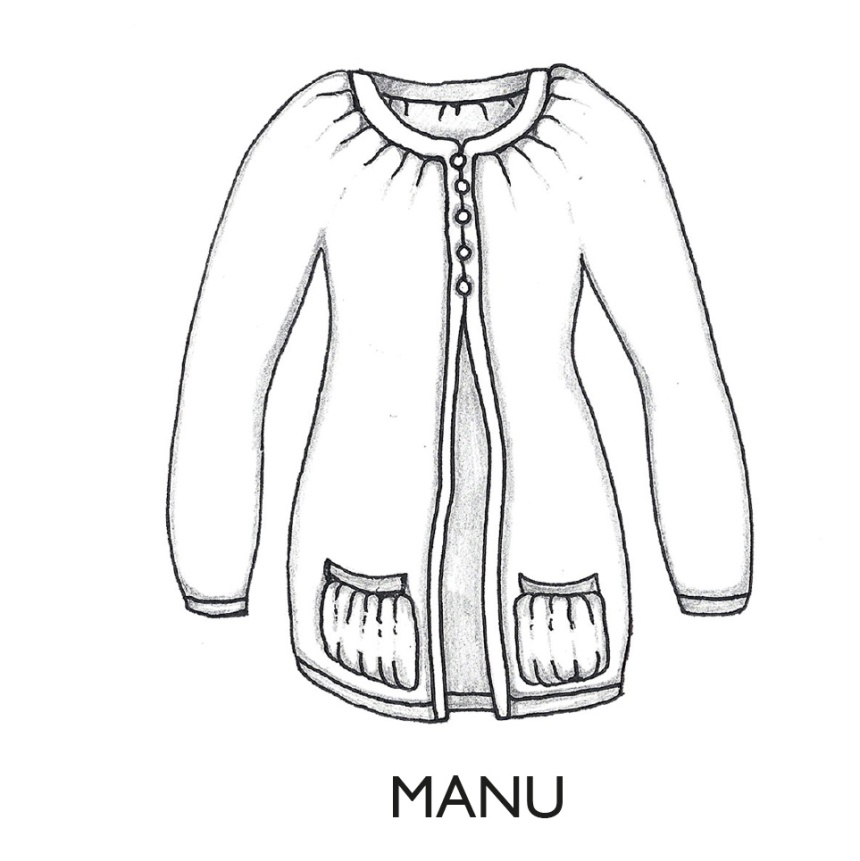
8. And which proved the most vexing or tricky?
Firth o’ Forth with that lovely all-over lace texture was quite tricksome, as I really couldn’t work out how the sleeves worked, and was uncertain about how much detail to go into with the oyster pattern in my schematic. I made a lot of drawings for that one, to try and exactly show the construction, and to figure out how best to render the texture, but in the end it was also one of my mot favourite schematics, because it had been difficult to do, and because I enjoyed discovering the nature of the lace and the drape and handle of that lovely yarn you used. I felt triumphant when it was finished!
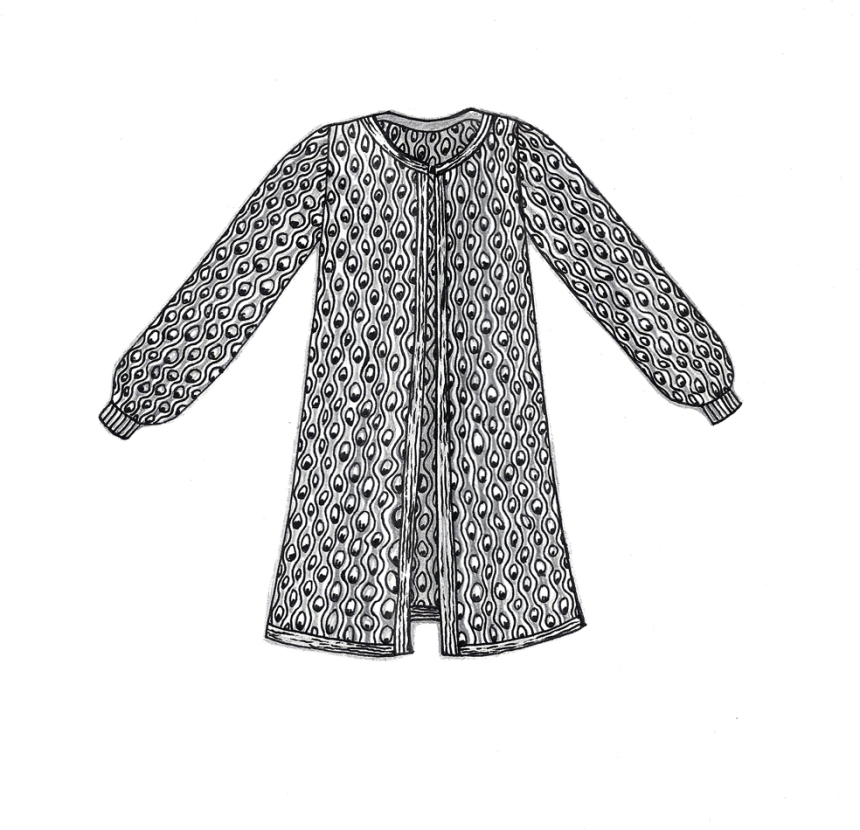
Firth o’Forth illustration.
After Felix has completed an illustration, I often find myself seeing my designs totally anew, or thinking about them differently. I love her drawings, and am so happy to have been able to join with her the collaborative enterprise of our jolly tea towel! Felix currently finds herself at something of a crossroads, as her job at Reading University is coming to an end. Happily, she has a number of new exciting woolly, artistic, and sonic projects in the pipeline, and you can read / hear more about these here.
Kate Davies Designs Tea Towels are now available!


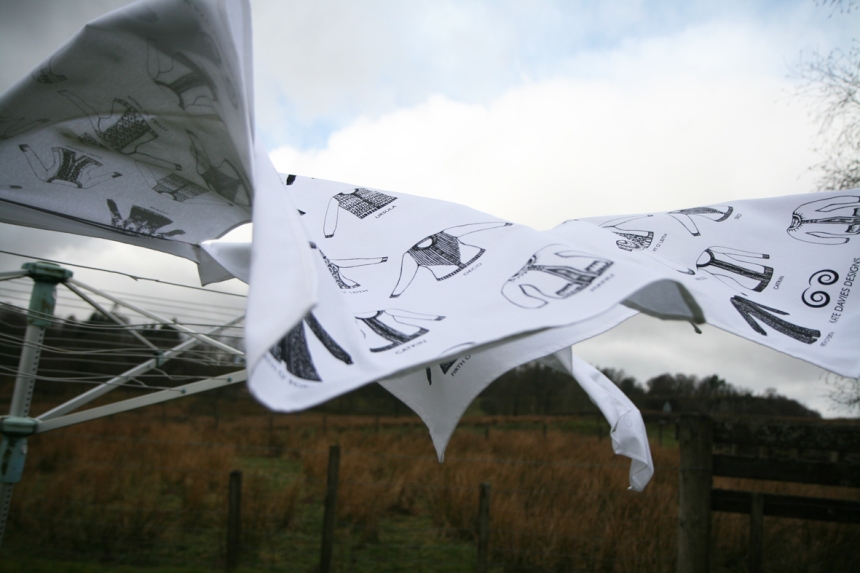
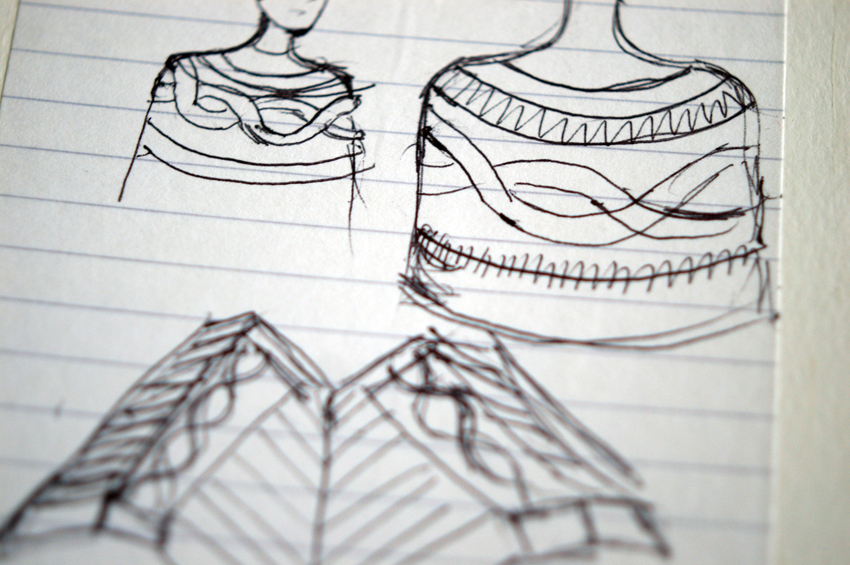
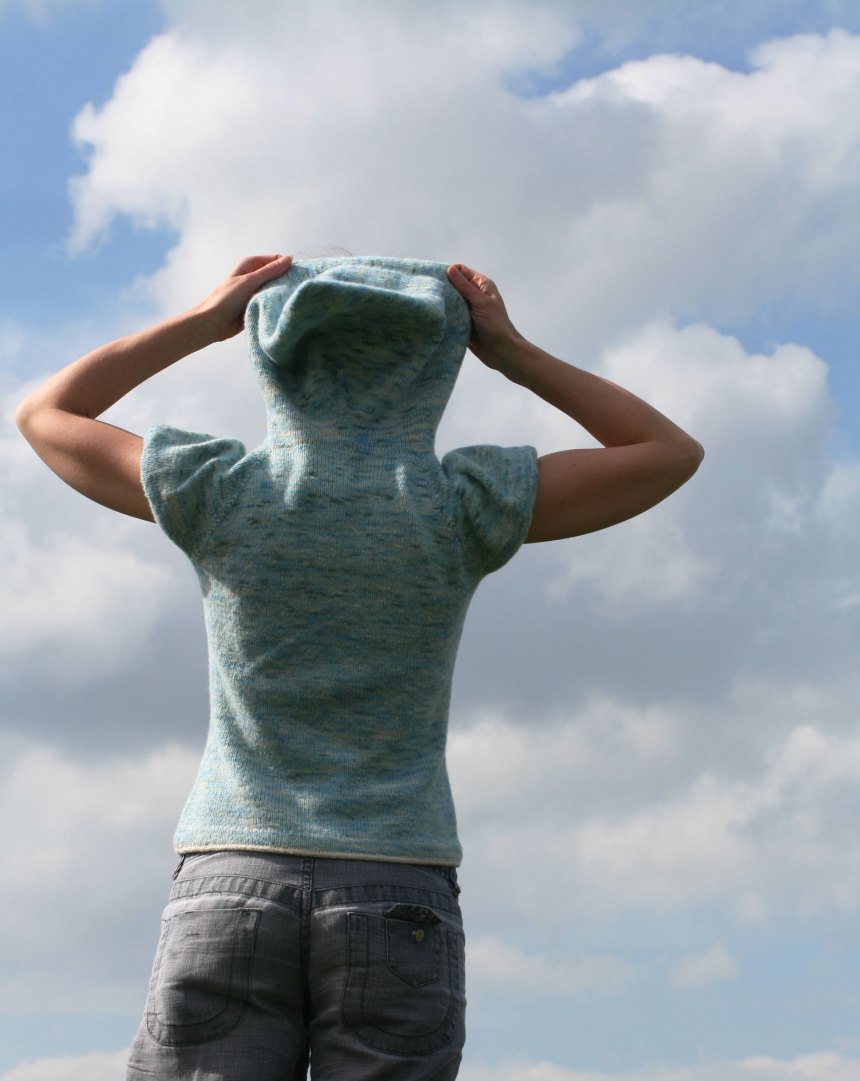
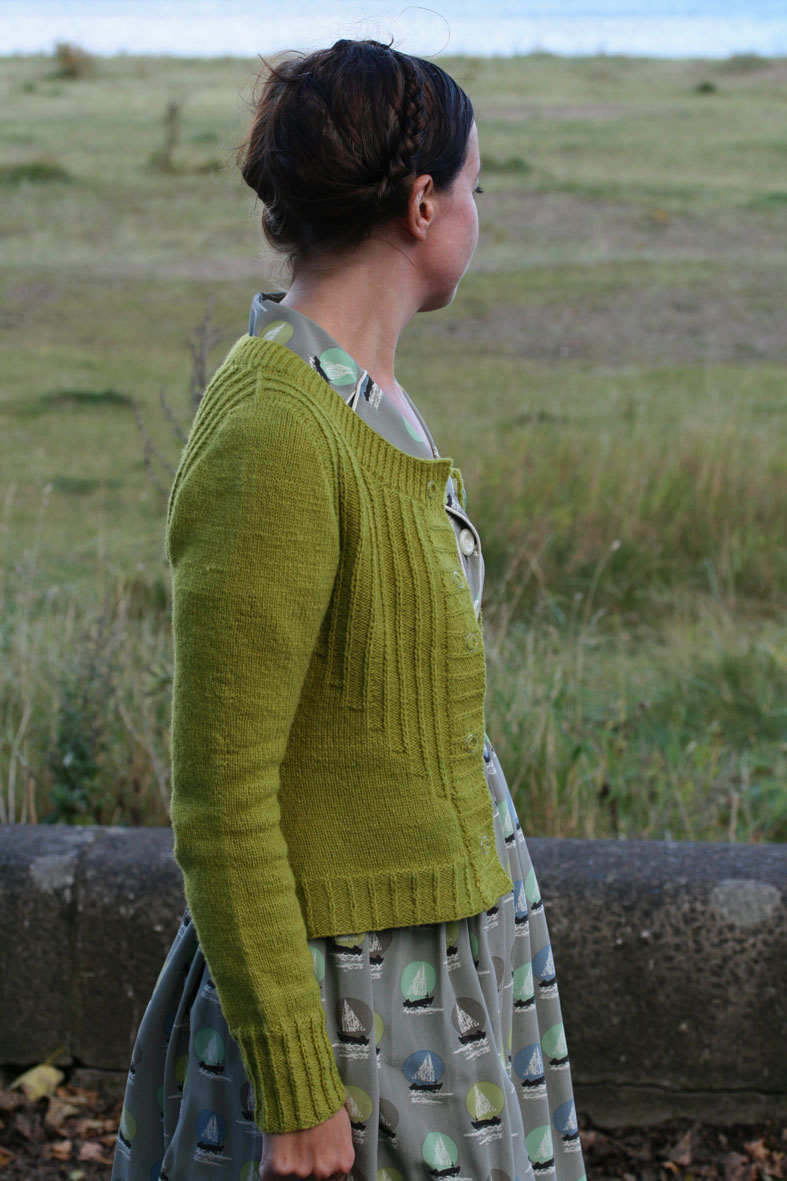
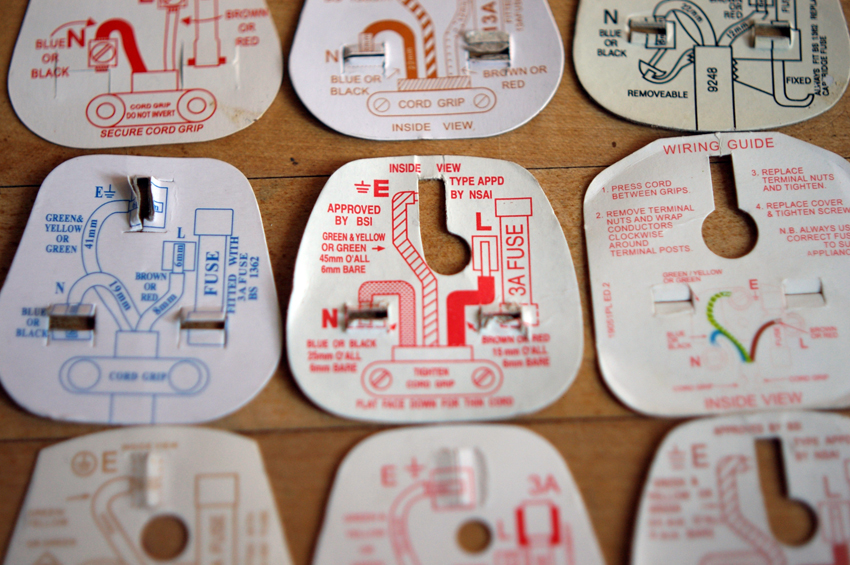
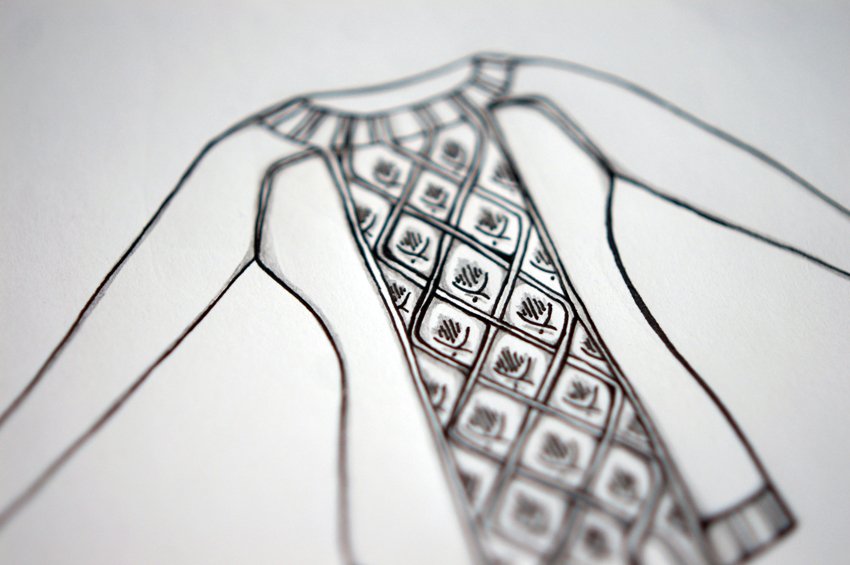
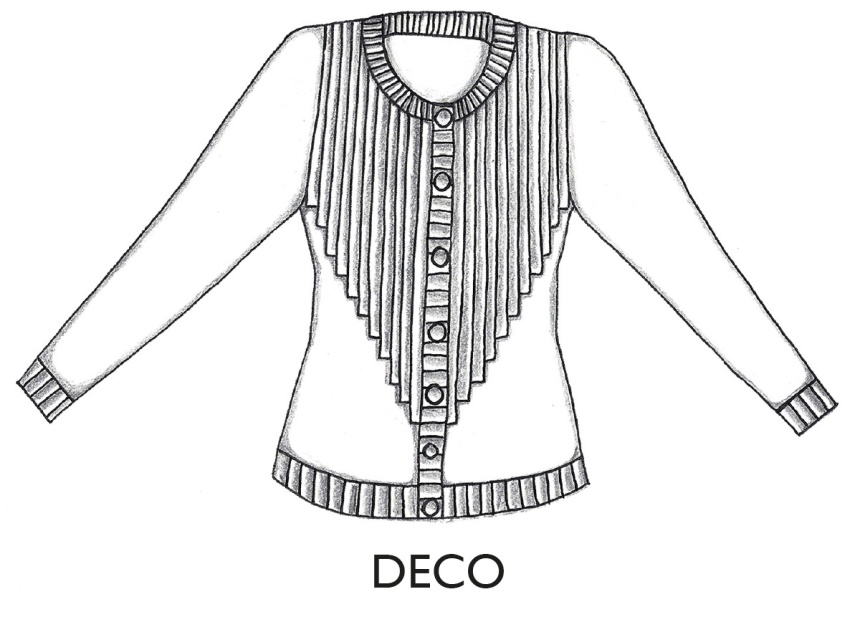
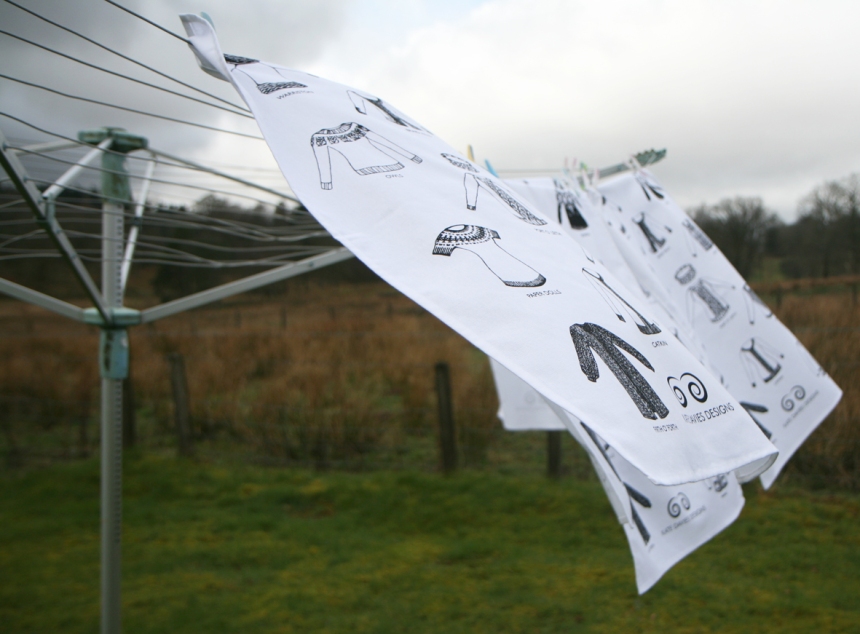
Kate, I could not believe how quickly my tea towel came. Itwas a wee present to myself and I love it. Hope you won’t behorrified but I am going to make it into a wall hanging-maybe even a wee quiltie wall hanging. Thanks again. Catriona
LikeLike
Wow Kate, this is wonderful work of Felicity’s. It reminds me of how differently we see things when we are asked to draw them. Elizabeth Wayland Barber’s book on textiles (Women’s work), wrote on doing just such an exercise when trying to understand the first “aprons” that women wore (not for cooking purposes, you understand). When she looked at the details of the ends of the aprons she understood how they were actually created – go read already, and be amazed!
LikeLike
Felicity makes it look so easy, which means she probably spends as much time sketching as you do designing.
LikeLike
Oh Felicity……..plug diagrams! I love it. You do a great job of illustrating and I just finished the Firth O’Forth for my daughter and she loves it! Thanks to both of you. tea Towels wonderful but I am skint…….having just purchased 3 fleeces and been given 3 more………..Gack Might spin for the Deco. Nice. thanks for a fascinating post.
LikeLike
Hi Kate,
Thanks for this GREAT post. Since I’m a drawer AND a knitter, it’s especially awesome.
And since I love sketching and graphing and messing around with pencil and paper, I created the Knitters Graph Paper Journal–52 page soft cover journal with light blue 6 x 8 stitch gauge grid. I would love to send you one, if you’re interested. You have such a gift for design, it’d be an honor to put one in your hands. And excuse my shamelessness, I just thought this, of all posts, could be an appropriate time to chime in. Cheers, Narangkar Glover, Oakland, CA.
LikeLike
I don’t design professionally, but I do design some of my own sweaters for personal use only. I have notebooks full of sketches of things I have made or would like to someday make. I loved reading this post, as I related to it very strongly, process-wise! Can’t wait to have some of these tea towels. :)
LikeLike
oops! sorry about the above comment…
LikeLike
jijoiu
LikeLike
Loved so much this post there are so many times I have heavily relied on the schematic drawings when I knit glad to know they are thought out as much as the knitting. Love the towel much continued success.
LikeLike
Rendered with such care–illustrated to perfection. Great post.
I also love the pics of the tea towels billowing in the spring breeze!
LikeLike
Life’s too short to iron tea towels Kate! I’ll be putting my order in :-)
LikeLike
Hi Kate. Just been looking at your online shop and you have some lovely things in stock! I too am a wordpress blogger and big cartel shop owner!
LikeLike
This is simply a wonderful work of art!
Thank you Felicity and kate for sharing this with us.
LikeLike
That is simply a wonderfull work of art!
Thank you Felicity and Kate for sharing this with us.
LikeLike
l o v e l y.
looking forward to receiving my birthday gift to myself = tea towel
—x
LikeLike
Kate——are you Welsh or Scottish? please excuse my ignorance *.*
Teri
Oregon
LikeLike
I am a real fan of Felicity, as person, professional, and now I see as artist. Got a few peeks at Felix’s drawing ability recently, and they’re all just lovely! I think your latest collaboration is a winner ! I had always drawn as a youth, and I see that this hand-drawn schematic (now that it is regaining popularity) will by my way too. I just am happy to know that is pencil Felix is using , and not some kind of other material. Less is always more… I so appreciate this very informative interview … Thank you !
LikeLike
Beautiful designs – both knitted and sketched. Thank you for the insight x
LikeLike
What a glorious, fascinating post – thank you!
LikeLike
I really enjoyed reading about how Felix went about sketching your sweaters for the final tea towel screen. Just like you, she puts a lot of time and thought into her work.
LikeLike
Wonderful. Glad to see Bruce nicely on the mend. Again, wonderful.
LikeLike